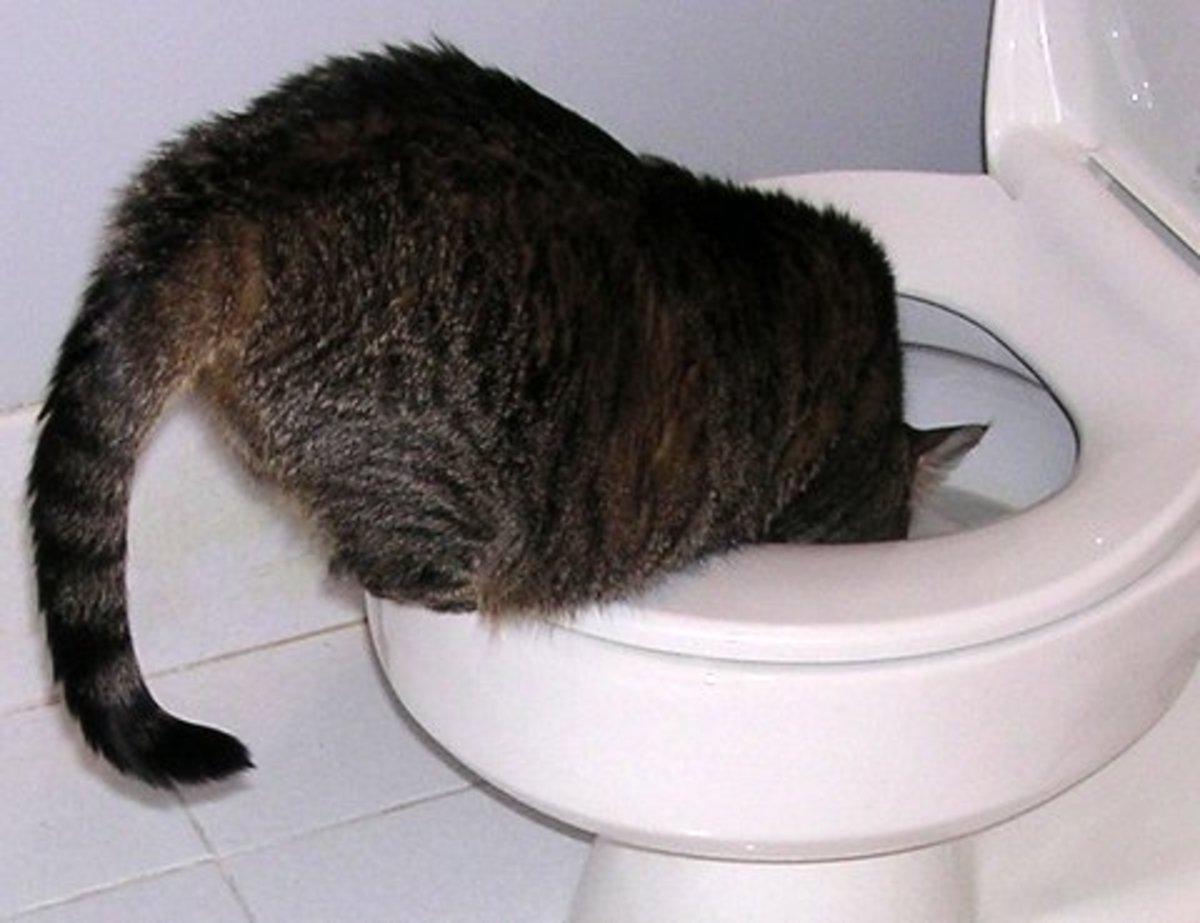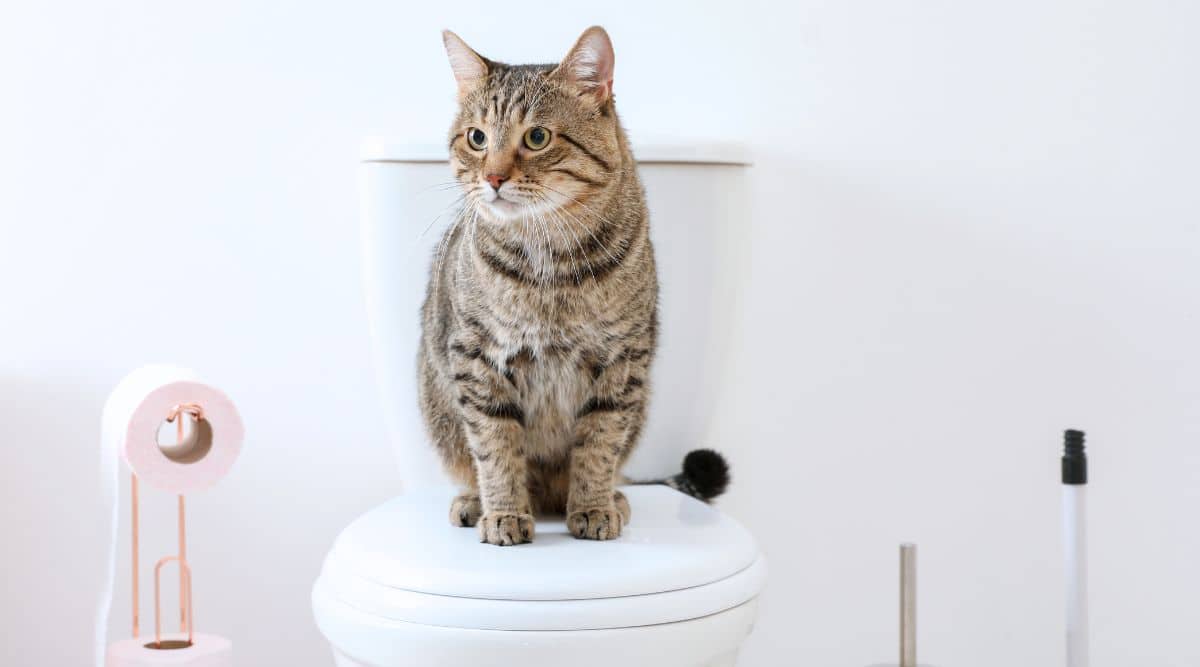Here below you might get a good deal of superb details on the subject of How to Dispose of Cat Poop and Litter Without Plastic Bags.

Intro
As pet cat proprietors, it's necessary to be mindful of exactly how we deal with our feline pals' waste. While it might appear convenient to flush cat poop down the bathroom, this method can have damaging consequences for both the environment and human health.
Alternatives to Flushing
Fortunately, there are safer and more liable ways to take care of cat poop. Take into consideration the complying with alternatives:
1. Scoop and Dispose in Trash
One of the most typical method of getting rid of feline poop is to scoop it right into a naturally degradable bag and throw it in the garbage. Make certain to utilize a devoted trash inside story and throw away the waste promptly.
2. Use Biodegradable Litter
Select naturally degradable feline litter made from materials such as corn or wheat. These clutters are environmentally friendly and can be securely gotten rid of in the trash.
3. Hide in the Yard
If you have a yard, take into consideration burying cat waste in an assigned location far from vegetable gardens and water sources. Make certain to dig deep sufficient to prevent contamination of groundwater.
4. Mount a Pet Waste Disposal System
Invest in a pet dog waste disposal system particularly created for cat waste. These systems utilize enzymes to break down the waste, minimizing smell and ecological effect.
Wellness Risks
In addition to environmental worries, purging pet cat waste can additionally pose wellness risks to people. Pet cat feces might contain Toxoplasma gondii, a bloodsucker that can cause toxoplasmosis-- a potentially severe disease, particularly for expectant ladies and people with damaged body immune systems.
Environmental Impact
Flushing pet cat poop presents damaging virus and bloodsuckers into the supply of water, posing a substantial risk to marine environments. These pollutants can adversely affect marine life and compromise water quality.
Conclusion
Accountable family pet possession prolongs beyond supplying food and sanctuary-- it also includes proper waste monitoring. By refraining from purging pet cat poop down the commode and opting for alternate disposal methods, we can minimize our environmental footprint and secure human wellness.
Why Can’t I Flush Cat Poop?
It Spreads a Parasite
Cats are frequently infected with a parasite called toxoplasma gondii. The parasite causes an infection called toxoplasmosis. It is usually harmless to cats. The parasite only uses cat poop as a host for its eggs. Otherwise, the cat’s immune system usually keeps the infection at low enough levels to maintain its own health. But it does not stop the develop of eggs. These eggs are tiny and surprisingly tough. They may survive for a year before they begin to grow. But that’s the problem.
Our wastewater system is not designed to deal with toxoplasmosis eggs. Instead, most eggs will flush from your toilet into sewers and wastewater management plants. After the sewage is treated for many other harmful things in it, it is typically released into local rivers, lakes, or oceans. Here, the toxoplasmosis eggs can find new hosts, including starfish, crabs, otters, and many other wildlife. For many, this is a significant risk to their health. Toxoplasmosis can also end up infecting water sources that are important for agriculture, which means our deer, pigs, and sheep can get infected too.
Is There Risk to Humans?
There can be a risk to human life from flushing cat poop down the toilet. If you do so, the parasites from your cat’s poop can end up in shellfish, game animals, or livestock. If this meat is then served raw or undercooked, the people who eat it can get sick.
In fact, according to the CDC, 40 million people in the United States are infected with toxoplasma gondii. They get it from exposure to infected seafood, or from some kind of cat poop contamination, like drinking from a stream that is contaminated or touching anything that has come into contact with cat poop. That includes just cleaning a cat litter box.
Most people who get infected with these parasites will not develop any symptoms. However, for pregnant women or for those with compromised immune systems, the parasite can cause severe health problems.
How to Handle Cat Poop
The best way to handle cat poop is actually to clean the box more often. The eggs that the parasite sheds will not become active until one to five days after the cat poops. That means that if you clean daily, you’re much less likely to come into direct contact with infectious eggs.
That said, always dispose of cat poop in the garbage and not down the toilet. Wash your hands before and after you clean the litter box, and bring the bag of poop right outside to your garbage bins.
https://trenchlesssolutionsusa.com/why-cant-i-flush-cat-poop/

I ran across that post about Can You Flush Cat Poop Down The Toilet? while doing a search on the web. In case you appreciated our blog post plz do not forget to pass it around. Thank you so much for going through it.
Click Here To Read More